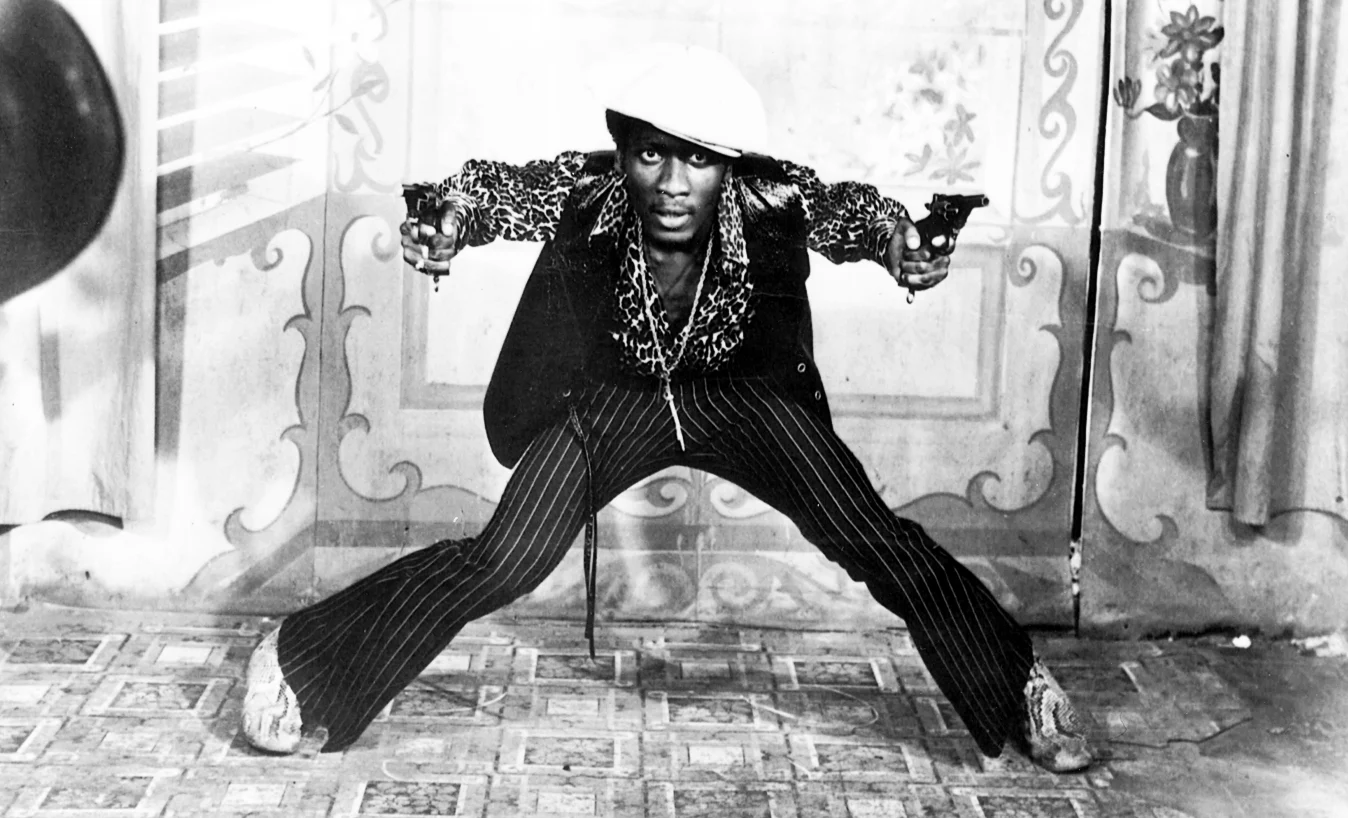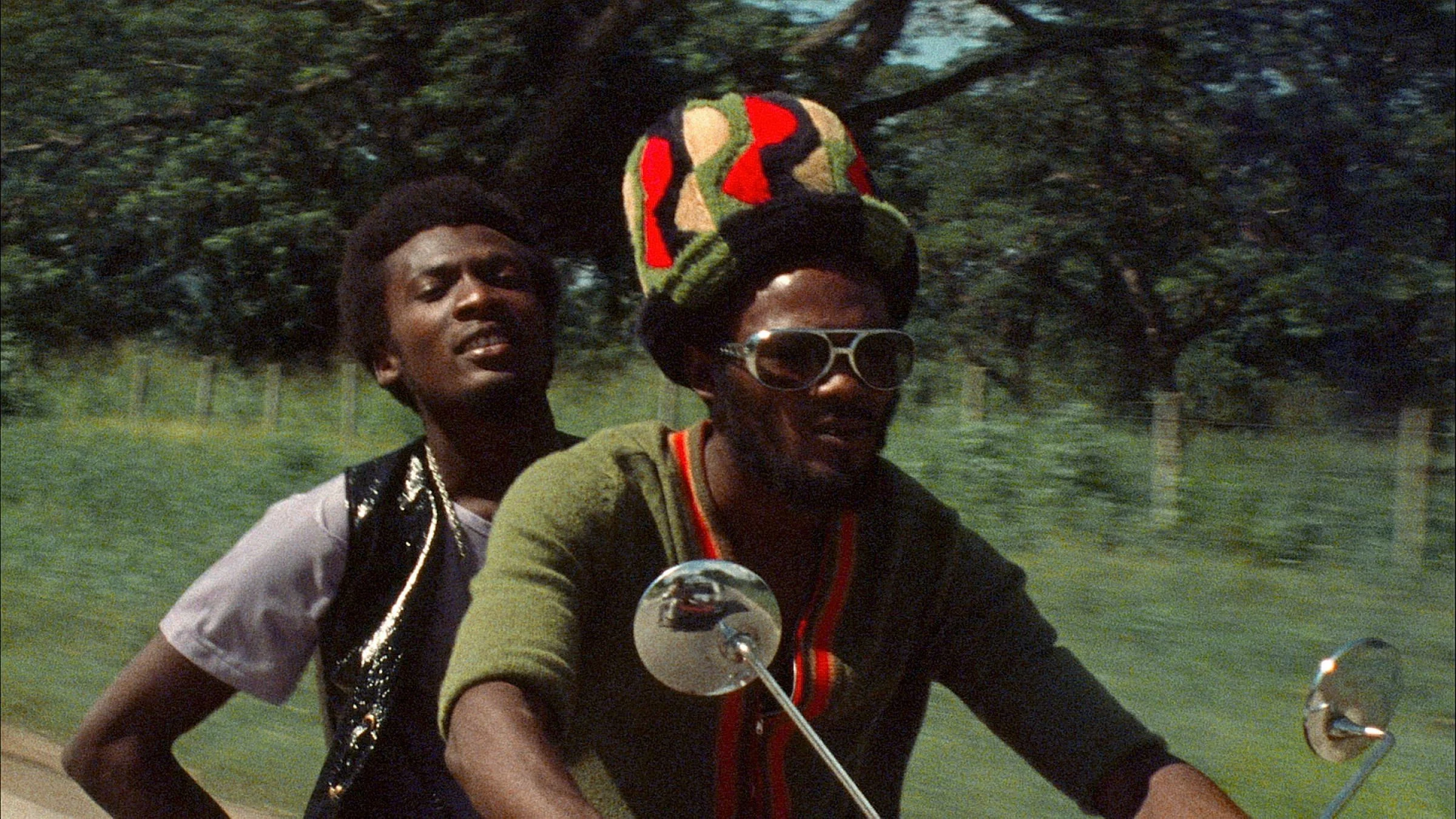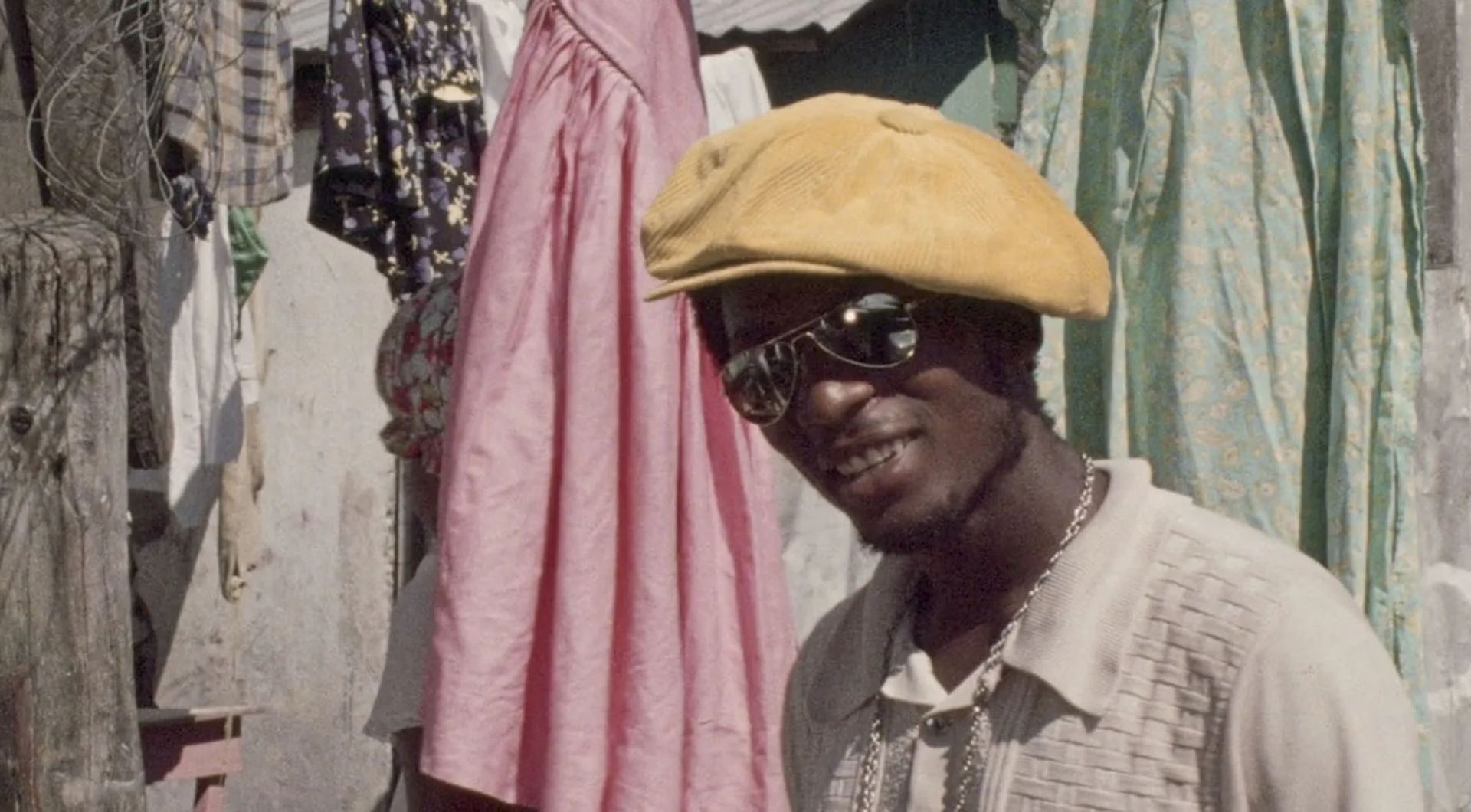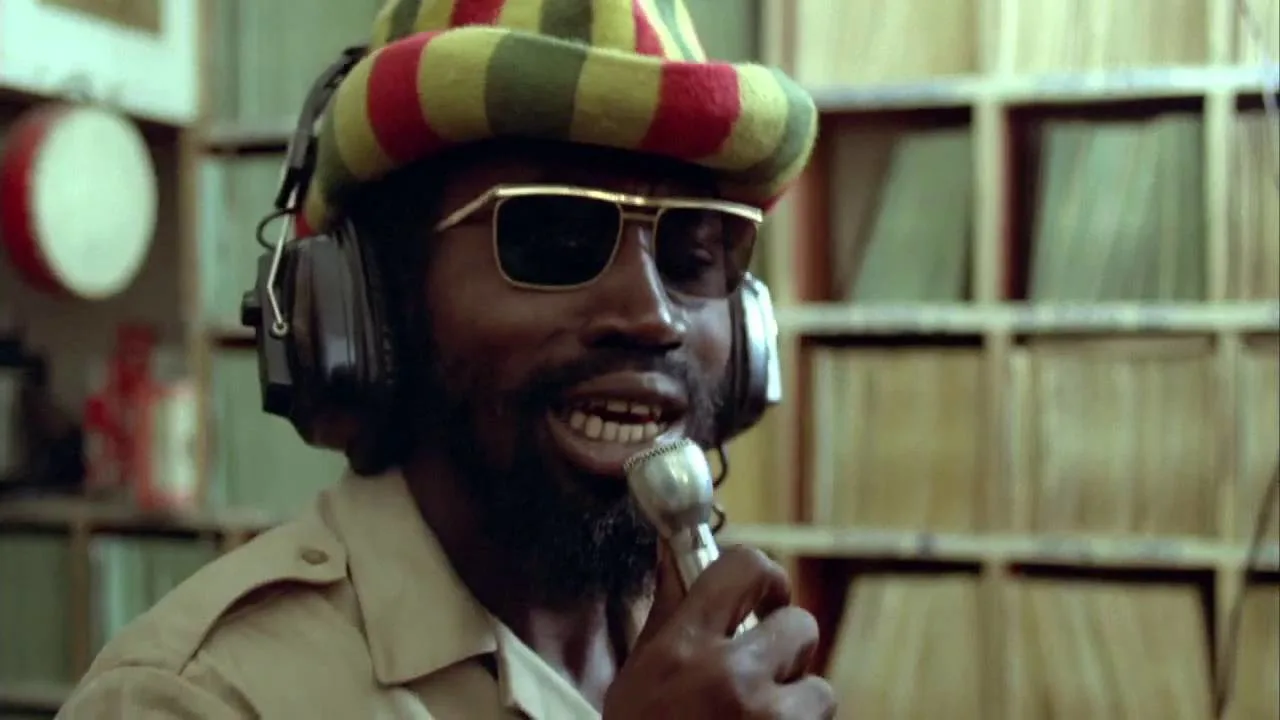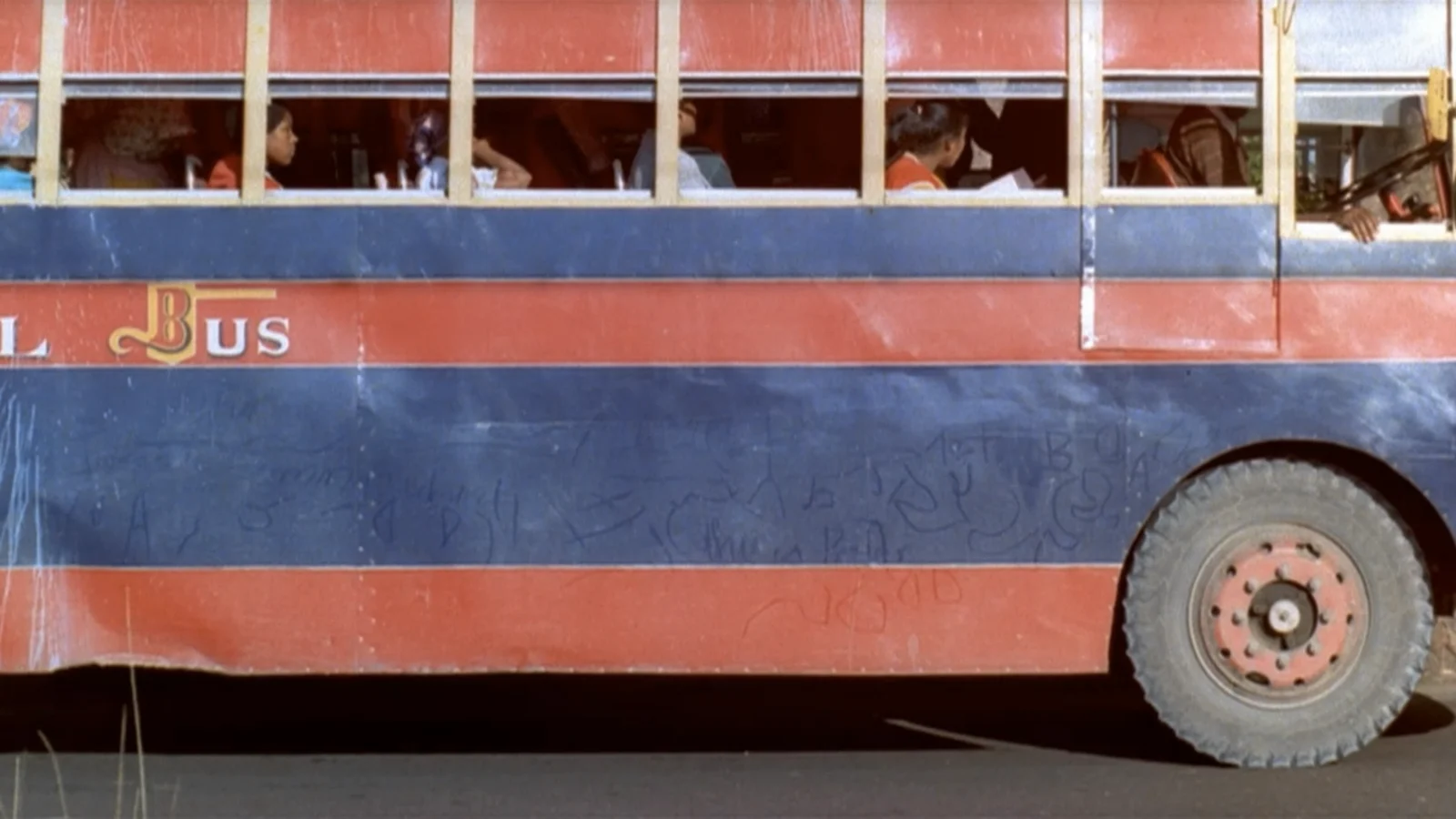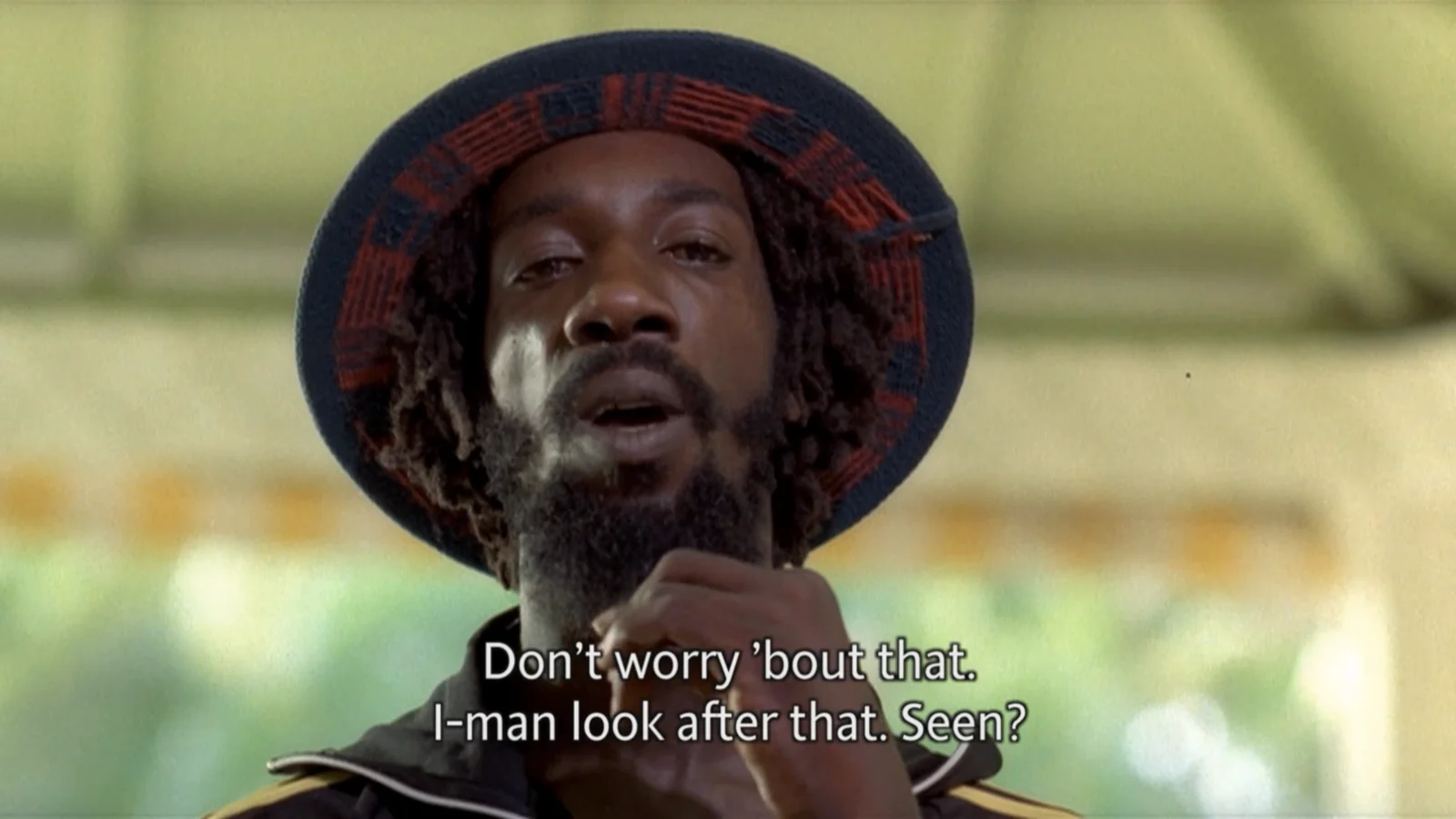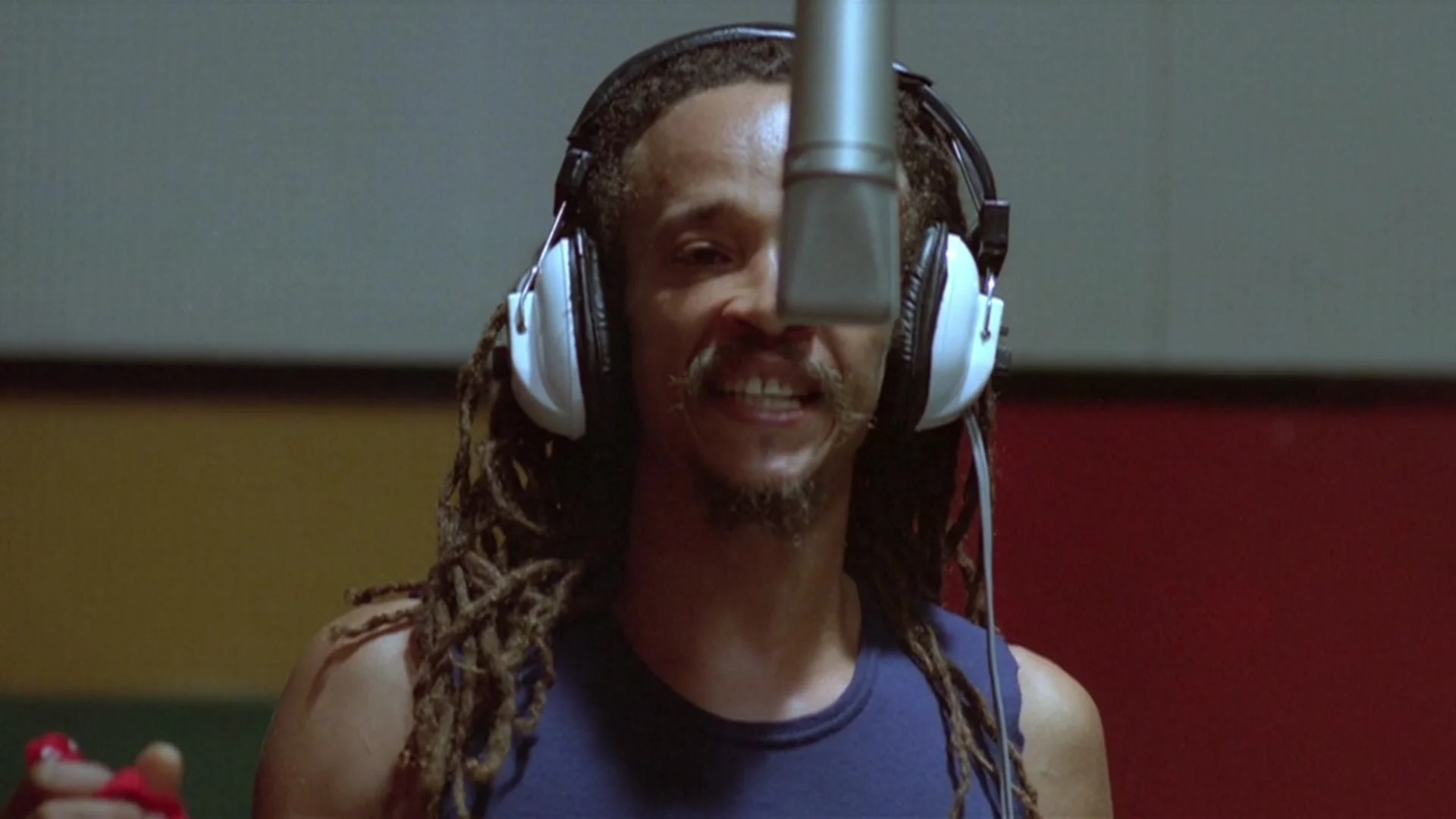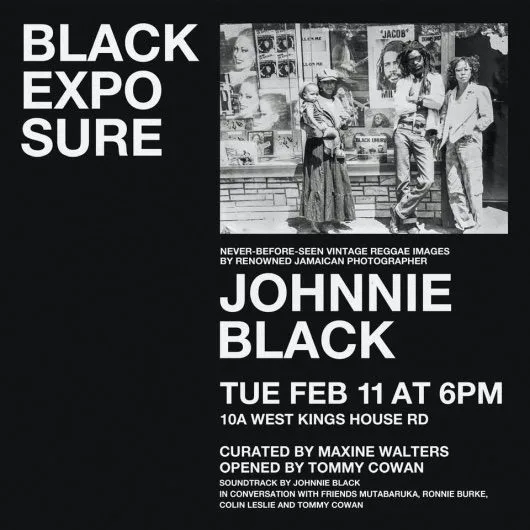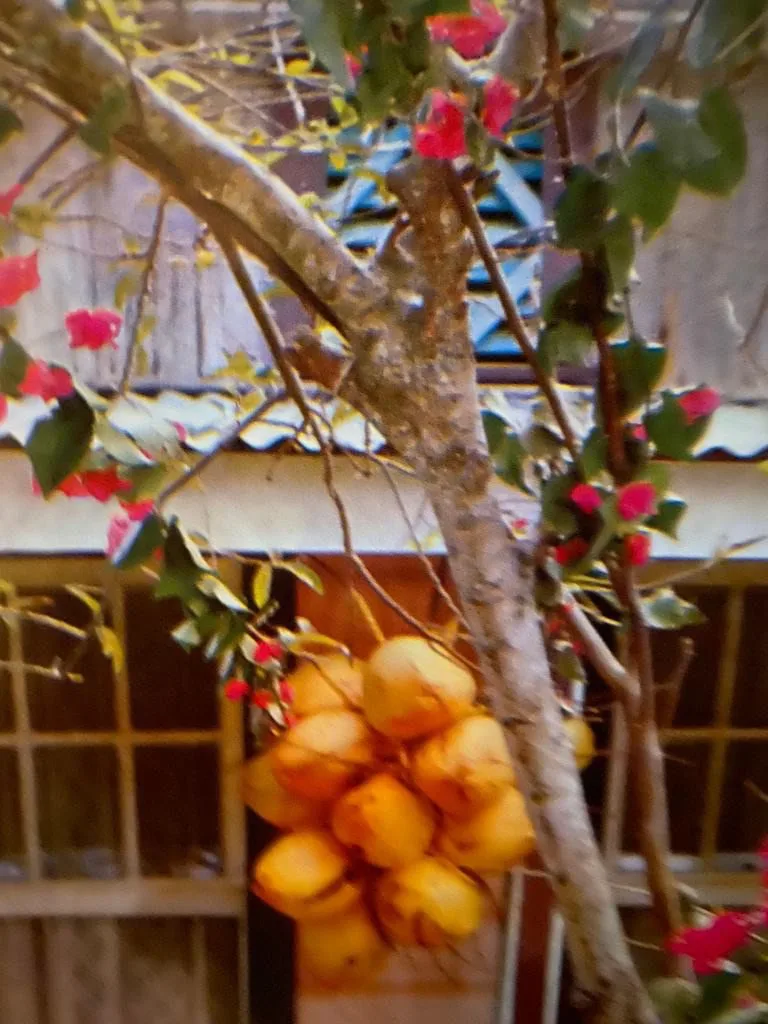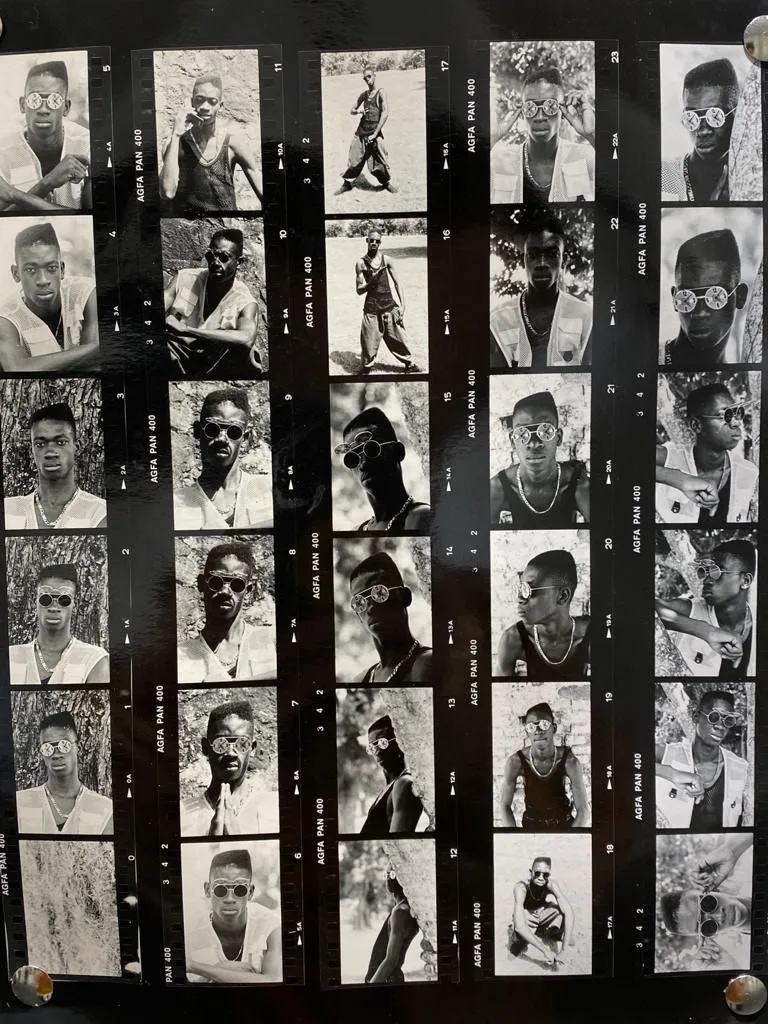
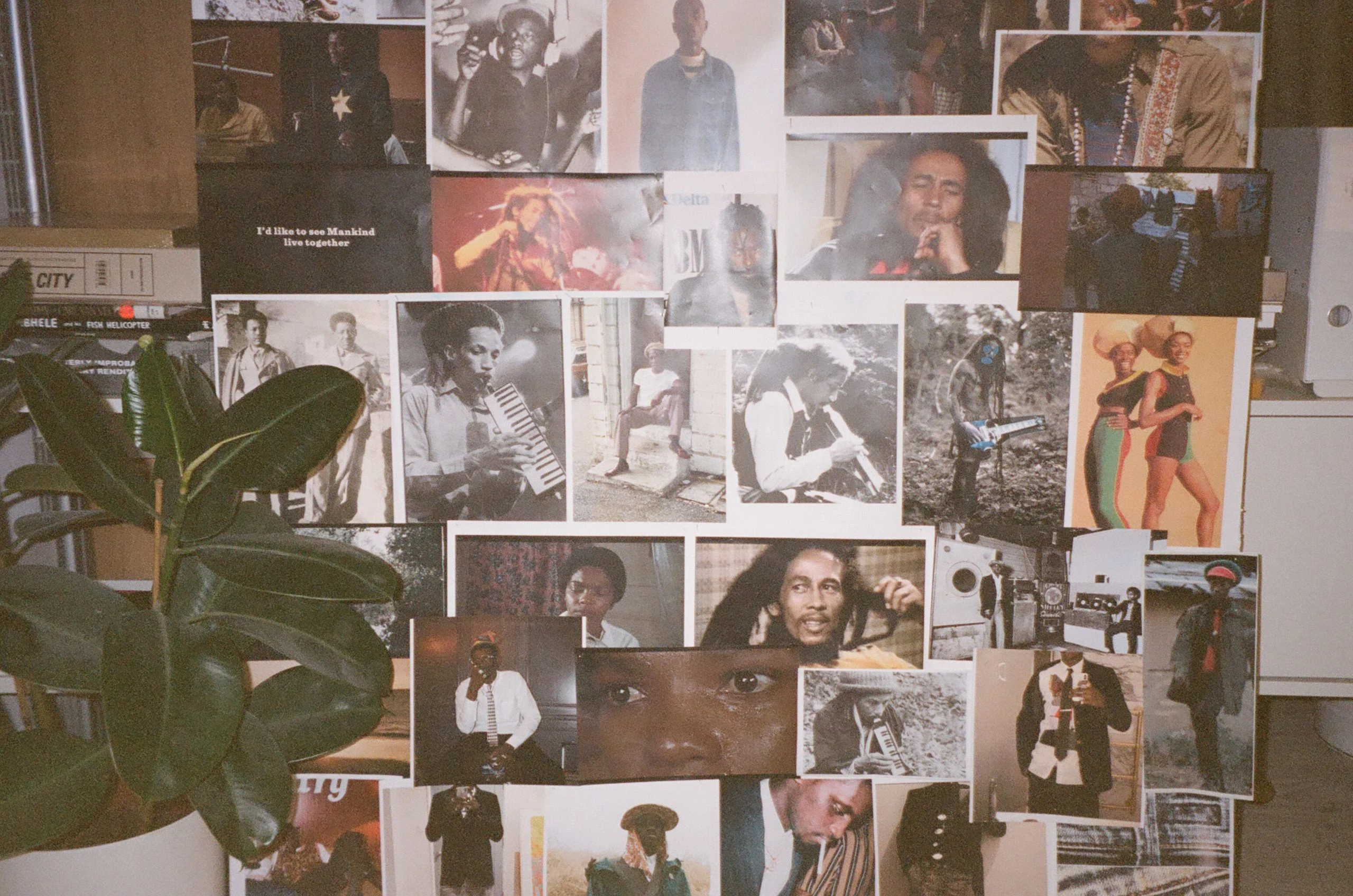

Though an artist’s research may not always be the most notable part of a finished project it is, for many, perhaps the most important. For Grace Wales Bonner research is in itself an art form that touches every part of her layered, complex work and it’s through sharing and dissecting this research that her collections come to life. In collaboration with WeTransfer Pro Grace and her team of collaborators discuss how research formed the backbone of her latest project, a platform and zine that, for the first time, allows people deep into the intricate world of Wales Bonner.
Download the exclusive Wales Bonner zine through Grace’s WeTransfer Pro page
In Grace Wales Bonner’s Spring Summer 17 show Ezekiel, which depicted a sartorial interpretation of the 1930 crowning of Haile Selassie as emperor of Ethiopia, Grace called on her close community to join forces. Friend Arthur De Borman acted as set designer, Kelsey Lu provided the presentation’s lush soundtrack and her runway stylist Tom Guinness skillfully paired the collection’s thrice-buttoned single breasted blazers and brief capes in a way that felt entirely modern. “I always make sure I have a deep understanding of the references and source material for the collections, by reading the texts, watching films and having conversations with Grace about her research,” explains Tom. “After that, I work with her to source pure fashion references and we work on putting together a distilled look that describes the character and then flesh them out into looks.”
In her 2019 show at London’s Serpentine Sackler Gallery research was once again heroed. Object, text, sound, scent, performance, still and moving image by the likes of established artists Rashid Johnson, Liz Johnson Artur, and newer names Eric N. Mack and Paul Mpagi Sepuya all came together to form part of the wider Wales Bonner family.
I’m very interested in the idea of a multiplicity of perspectives and presenting something, or creating, in a way that’s collaborative.
In short, for a long time Grace has valued the artistic practice of research, and the collaboration that follows: the melding of ideas from not only her immediate peers but also the nuance that can be found in the films, art and words of those she finds influential, finding a way to seamlessly integrate them into her output. The Wales Bonner Autumn/Winter 2020 collection, Lovers Rock, is an ode to not only the British Afro-Caribbean music scene that emerged from underground London house parties in the ’70s but the look and vibe that was born from it too. Lovers Rock is actually part one in a triptych that explores connections between Britain and the Caribbean. Parts two and three being her upcoming SS21 collection Essence and AW21 thereafter. In a rare opportunity inside the mind of the creative polymath, Grace has digitally made her stimulus available, by way of a content platform on her website created in part with support from WeTransfer Pro. Exclusive content is made with a number of collaborators that includes an original film and downloadable zine, with contributions from photographer Liz Johnson Artur, poet Ishion Hutchinson, writer Marlon James, amongst excerpts from the archives of Stuart Hall and Johnnie Black. After launching, the platform will continue to grow with new contributions from collaborators both old and new.
Of particular note is Talkin Home, the original film created for Essence, which is a collaboration with photographer and filmmaker Jeano Edwards, who regularly explores the duality in his Jamaican-American heritage. “One of the first documents that Grace sent over was her research, and then I went through that and got some idea of how she saw the film from a research standpoint,” he explains. “I don't do anything in New York and I don't do anything in London really, because I'm just not passionate about it. I’m passionate about Jamaica and Grace is someone who actually cares about the culture here. She is someone who cares enough to actually do the research and work in a similar way to how I do.”
Inspired by the show Jamaica, Jamaica that took place at the National Gallery of Jamaica, Grace had conversations with the exhibition's organizers to complement the research and references for her upcoming film. New York-based composer, researcher and archivist James William Blades provided sonic research and Deiwght Peters, founder of Jamaican agency Saint Models who is responsible for taking Jamaican models to the world stage, sourced the film’s cast. Legendary archivist and curator Maxine Walters acted as a producer, using her encyclopedic knowledge of the island to enrich the film. Maxine is something of a conduit of all things concerning Jamaican culture. She has amassed over 4000 signs from dancehall raves which were featured in Jamaica, Jamaica, was a co-founder of Reggae Sunsplash, which became the greatest reggae festival in the world, and recently curated an exhibition of largely unpublished images by photographer Johnnie Black in Kingston. The exhibition moved Grace, who described it as “an incredible and sensitive expression of Jamaican style.” As an artist who shares Grace’s layered and fastidious approach to research, Maxine’s presence within the project felt like a natural fit.

“One of my greatest passions is the island of Jamaica”, Maxine says, “and anything that I can do to bring us all together in whatever fashion, I love. So that for me is my research. The locations, the people, I can do that with my hands tied and both eyes closed. I have a passion for music, I have a passion for signs, I have a passion for fashion and Grace is such a talent. Why wouldn’t I be involved? It was so good to be able to have places and things I love be represented in this project,” she says.
The platform magnifies the references at the heart of the Wales Bonner brand and punctuates her aforementioned AW20, and upcoming SS21 and AW21 collections, putting research, and the collaboration that it then spawns, at the heart of the creative process. Below Grace explains in detail how that research reaches the runway.
On research and collaboration
“An essential point to my practice is research. I see that as the foundation to everything I do. I usually find a point of reference or something to focus around as a way of exploring an idea or understanding an environment. I'll do that through gathering images, sound and literature, gathering multiple ways of looking at something. I'm very interested in the idea of a multiplicity of perspectives and presenting something, or creating, in a way that's collaborative. I'm not trying to represent a singular narrative. I've always been interested in broadening a spectrum and thinking about ways of looking that are broader than a singular vision. I’ll have a central point of research and then I bring people around to think on that subject. I'm often surprised or challenged by people's view of the subject, which completely expands it. In a way, it's quite liberating because collaborating means I don't need to have all the answers. It’s a proposition for people to think around. It's bigger than itself in a way, and it's bigger than the sum of its parts. I'm interested in what's created in that between space, through things that already exist, through conversation, and in turn, creating something which I hope will be richer through that process.”
On her process
“I almost see my process as its own artistic practice. A mix of academic research, visual research and different people that I work with contributing to a project that evolves over time.The process is quite porous and the editing is also really important. For example, some central research might have 100 images but to have got to that point I would have needed to see thousands of images, so I have a wide pool. When editing things and putting things together that can be quite incongruous, I see it as an archiving process as well. For me, looking at visual references is a way of understanding and connecting to a time and synthesizing something of it. It’s how I start to feel my way through projects.”
People have different modes of communication and mine is that I can communicate through creating experiences, or representing beauty, or creating images, or creating clothing.
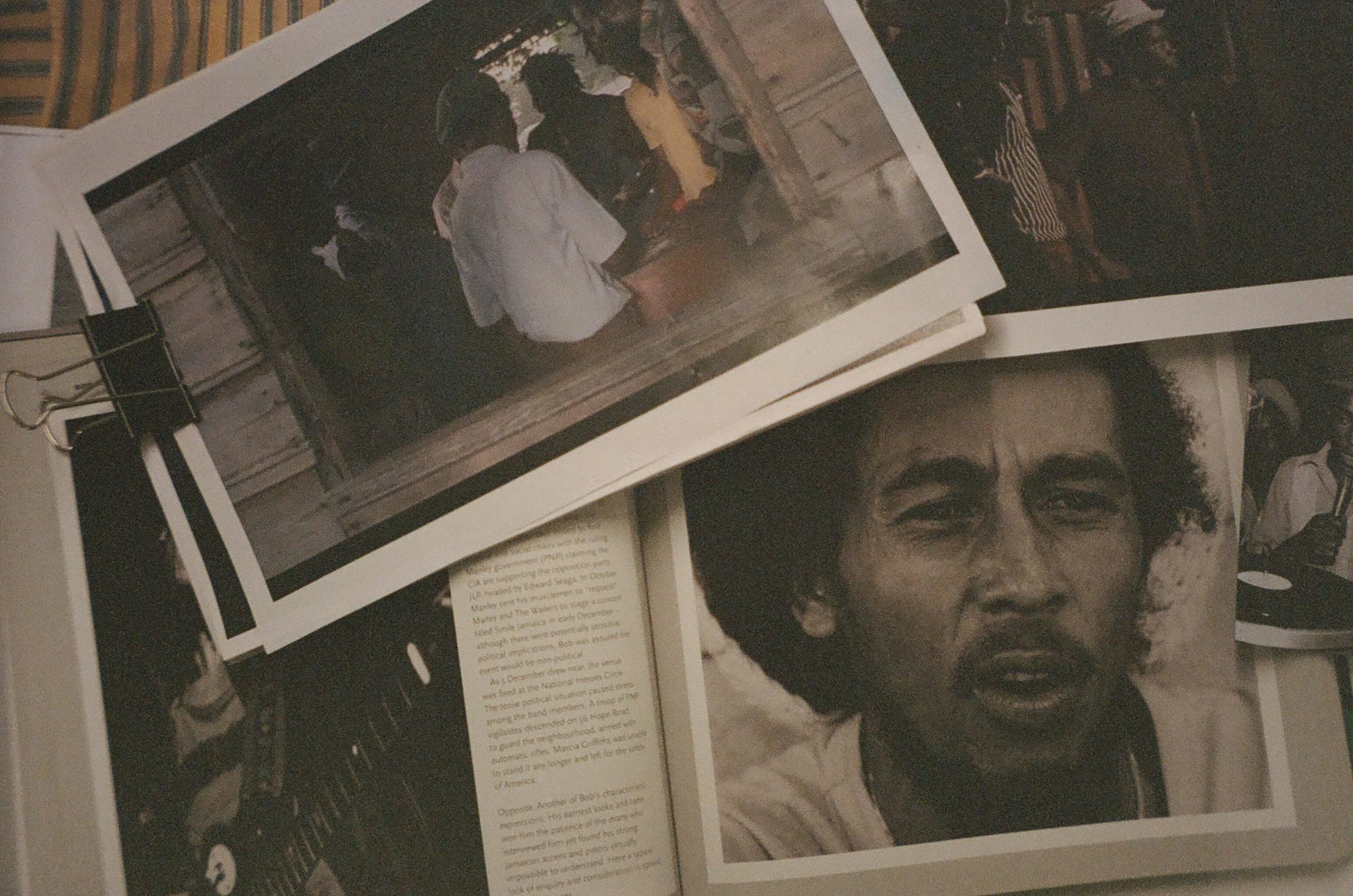
On the duality of England and Jamaica
“I've been working on developing three collections that explore connections between London and Jamaica, or Britain and the Caribbean more broadly and this is central to this project with WeTransfer Pro. I like that they’re interested in the idea of my creative process. What I'm working towards is creating a digital campaign and platform that presents much more context around the collections, whether that's films or reading or image archives; it's just presenting the world around the collection.
A lot of my collections have explored a way of seeing from a Black cultural perspective. I've been to different places doing that, and in a way it's like I've come back to something that's the most familiar to me in Jamaica. It was almost too obvious to me to begin to look at initially. I'm coming home to myself in a way. My dad's Jamaican and I feel very much a product of the British Caribbean experience. It is so much a part of how I grew up, a sense of a kind of Jamaican identity was created in Britain, so I feel like a product of that kind of thinking.”
On her Lovers Rock collection
“The last collection I worked on, Lovers Rock, was looking at the Caribbean community and Britain in the '70s. Lovers Rock was a British genre of music that's authentic to Britain. I was looking at that time and it’s one that feels very familiar to me, even though I'm recollecting it through family photographs and imagery. I was thinking a lot about the home as being the central meeting point. It was very personal to me. I was also interested in fashion that has a really specific structure and timeline. How can I use that structure in a way that allows me to explore a subject over the timeframe and with the level of intensity that I want to? For me, it was interesting to explore a subject over a year and a half. I spent some time in Jamaica earlier this year with family while researching for this collection and it was a journey of almost personal discovery, or rediscovery, and I think in a way it brought me closer to my family. Lovers Rock as a collection was so emotional and psychological, exploring something that's quite familiar. It just reignited certain connections.
Generations are buried in a certain area, so it was really going to my origins and actually looking at where my family grew up and how they had traveled and the kind of lives and influence they've had from, starting off on top of a hill in Clarendon . As well as Black cultural archivists, photographers from different generations, community groups, and steel pan players, a lot of my Jamaican family came to the Lovers Rock show. It was just really nice for them to see themselves represented and for them to understand what I was doing and feel recognized within that. I think it was quite beautiful for them to know that, and see the care I have for them as well. Through an experience you can really communicate something very clearly. People have different modes of communication and mine is that I can communicate through creating experiences, or representing beauty, or creating images, or creating clothing. That's the way I can speak my truth.”

On her upcoming collection
“This next collection is called Essence, and it's really thinking about the core identity of Wales Bonner and what's continued over time, but it's focusing more on Jamaican dance hall of the '80s. It's thinking about this character based in Jamaica at that time, as opposed to before when I was looking at the character in London. So it's very informed by music. It is also looking at how British ideas or sartorialism is still part of the wardrobe.
I've always had a broader world around what I'm creating and hadn't necessarily felt too tied to presenting in a certain format because I think there's lots of different ways that you can express an idea. I think that through projects like Devotional Sound or the exhibition I did at the Serpentine, it's opened me up to different ways of presenting and allowing people to engage with an idea, maybe for a longer time period or in a really curated experience. I’ve welcomed this opportunity to reveal a bit more of my ideology through this project. And also, I guess it's the most accessible way I can create and give people access to it. I can also speak to a much bigger audience than a show where it might be only 200 people. The very purpose and reason for the brand existing is to elevate a Black cultural perspective within the luxury fashion landscape. I think you have to be at a certain point to feel comfortable enough to express yourself in a way that's outside of what's hyper popular. It's almost like there's different stages to style and expression. There's one stage people start with and then by connecting more to yourself you can represent more of your individuality.
That's been kind of a driving force for me, and I think the way that I am doing that is through collaboration. Treasuring individuality is very exciting.”
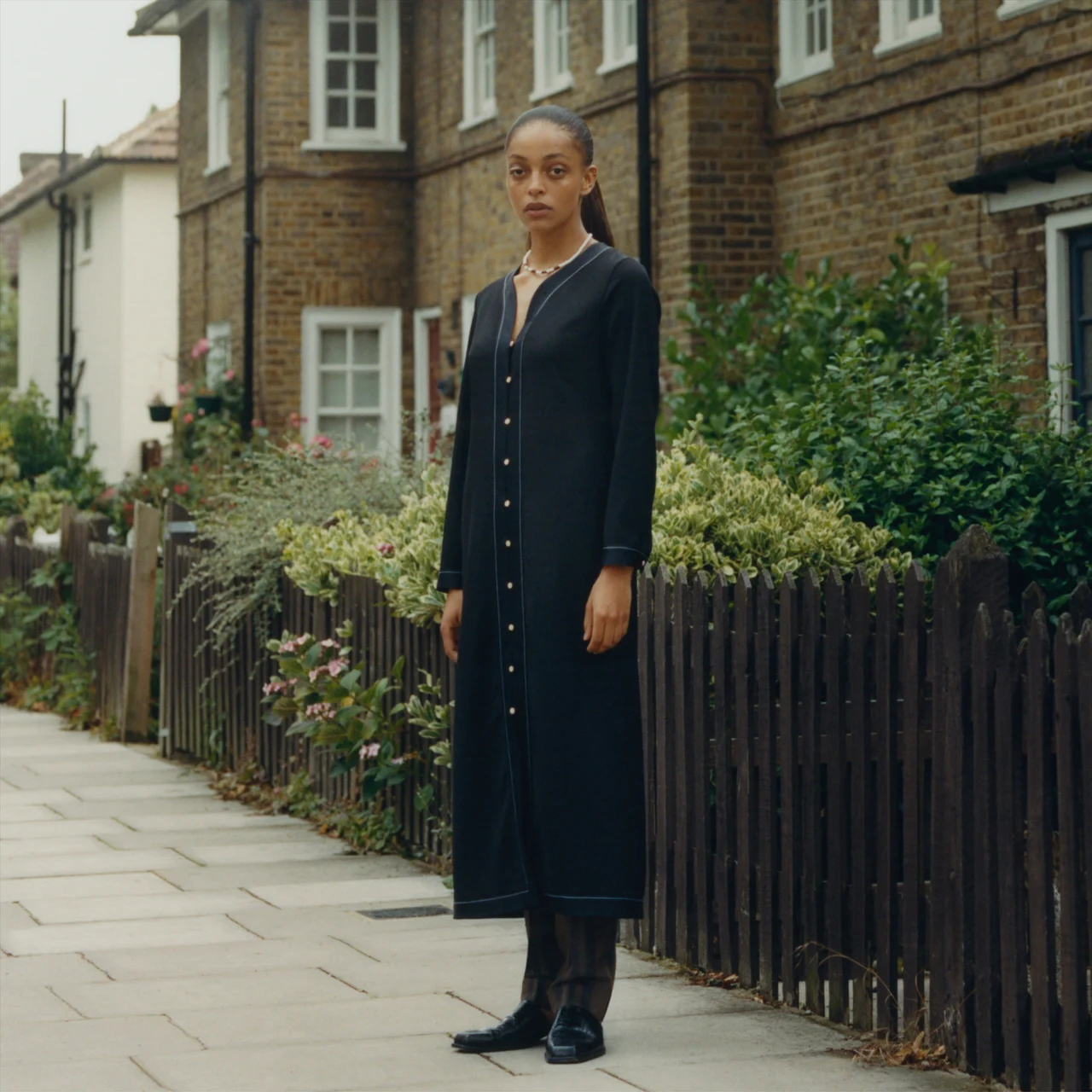
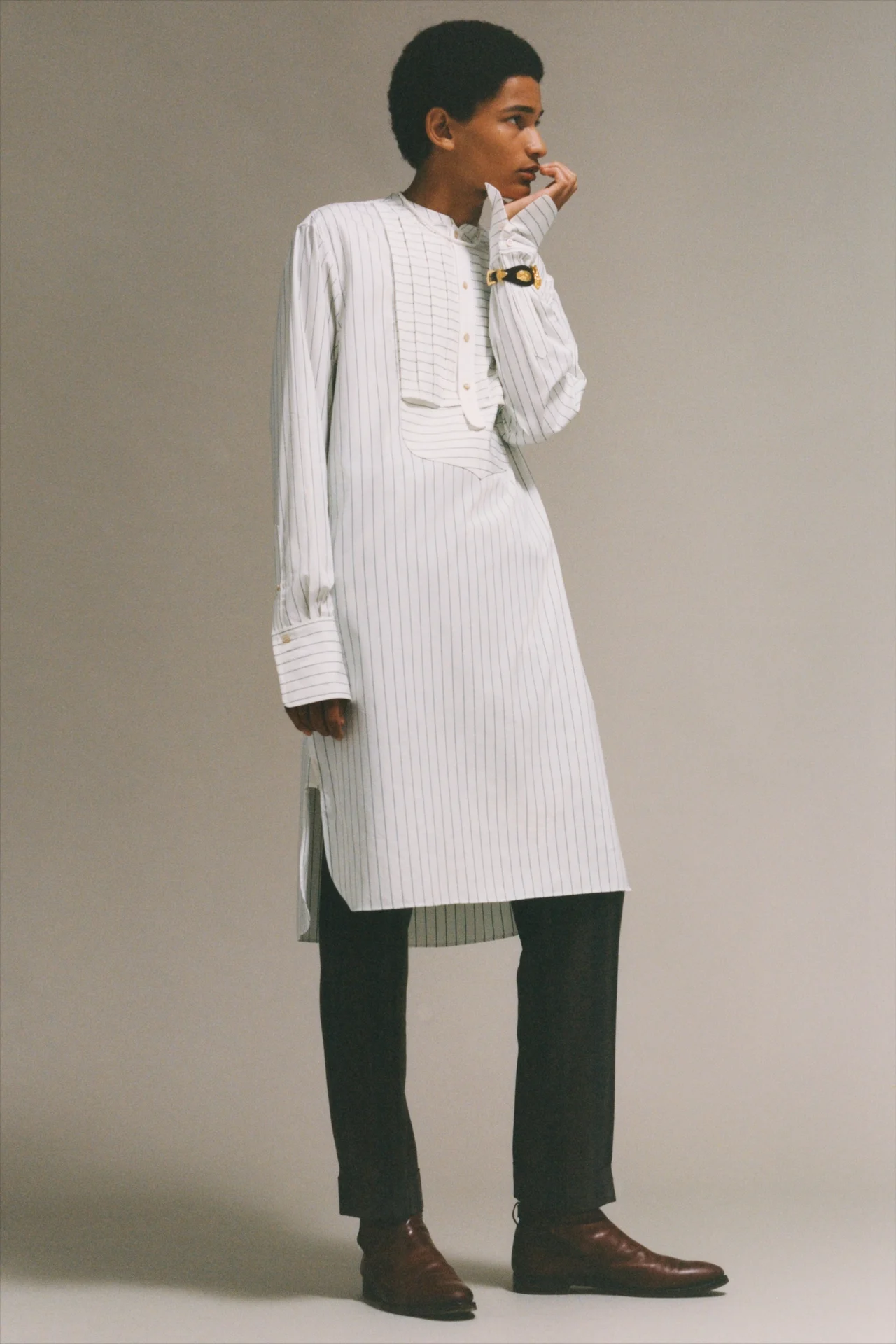
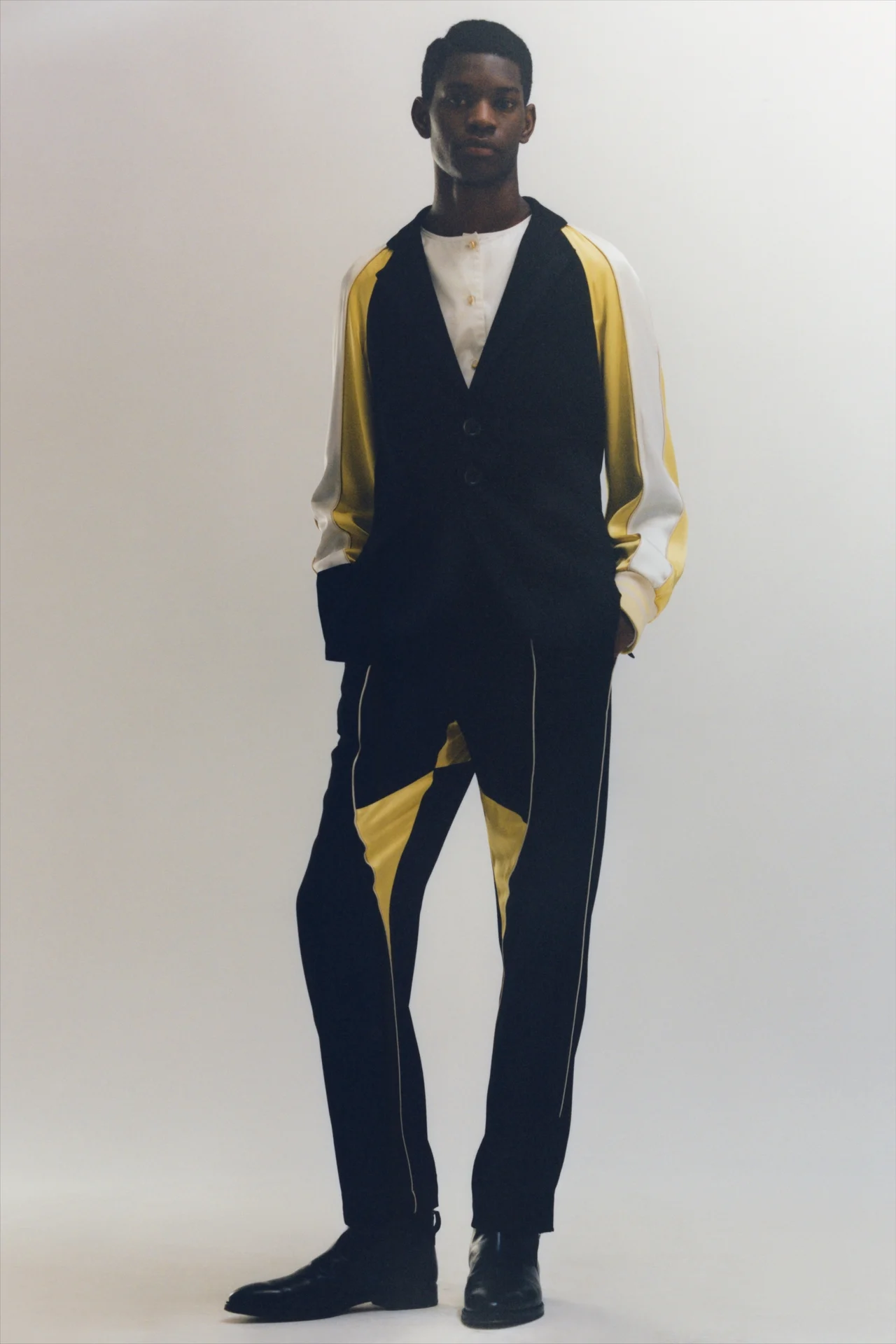
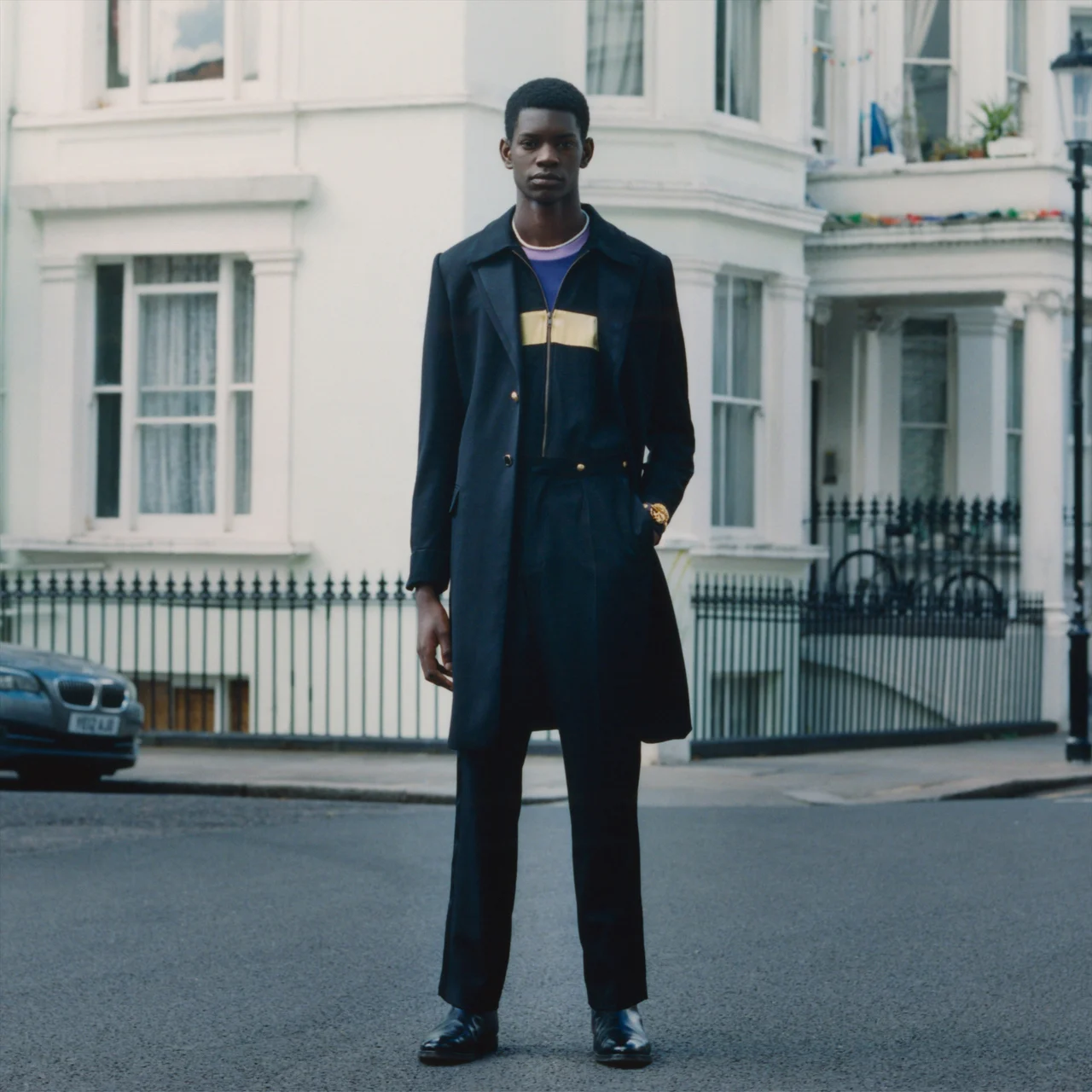
I’ve been working on developing three collections that explore connections between London and Jamaica, or Britain and the Caribbean more broadly and this is central to this project with WeTransfer.



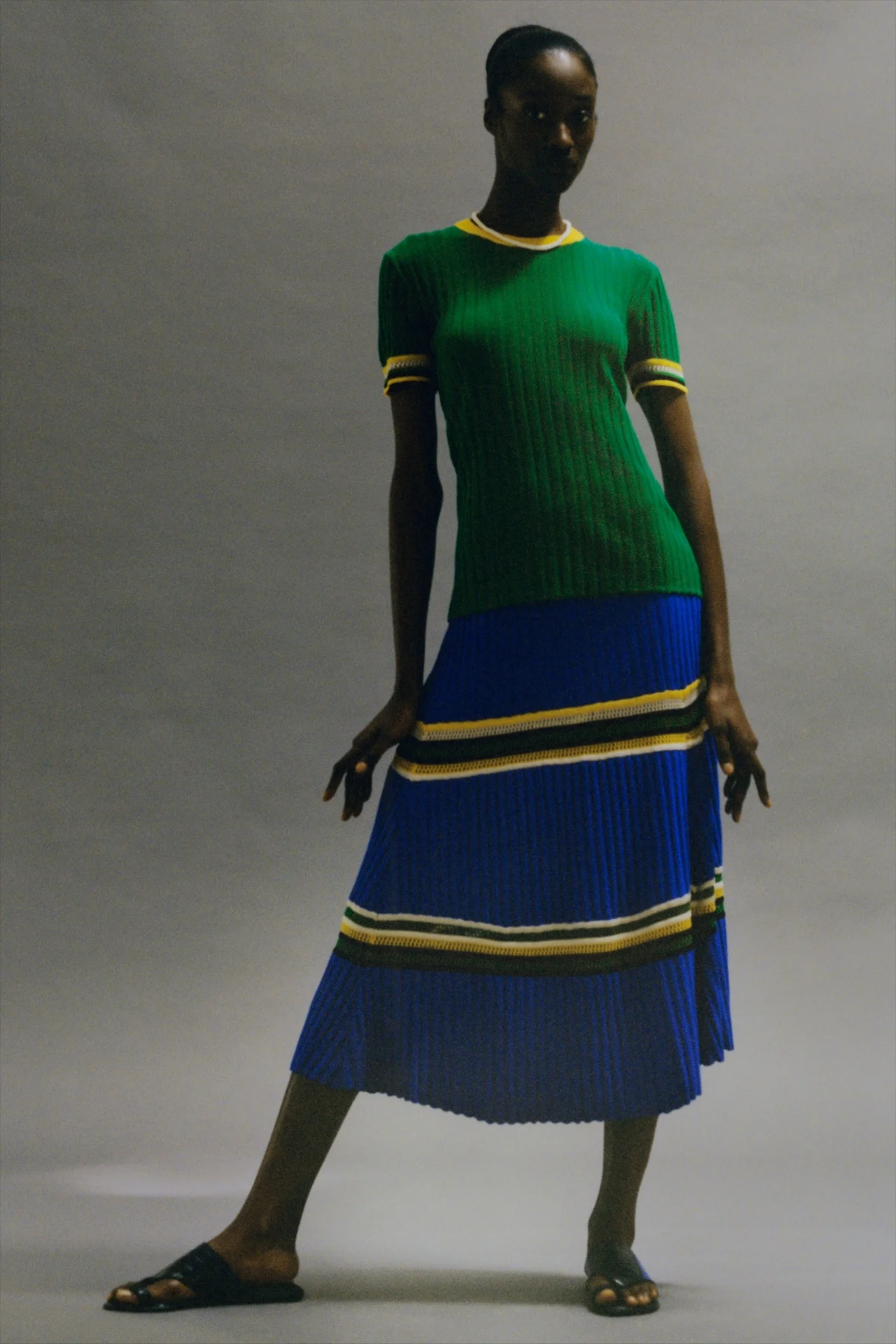
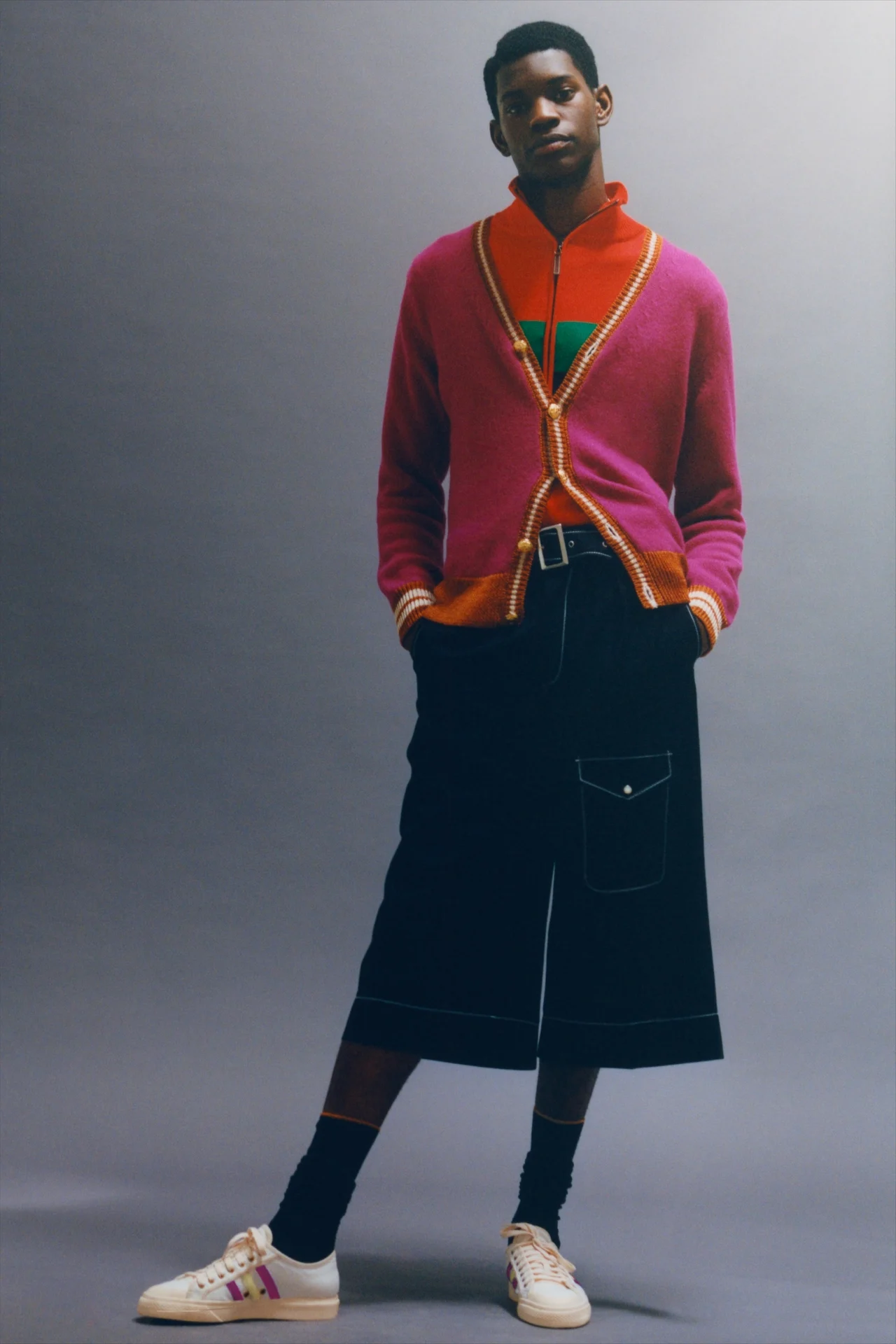
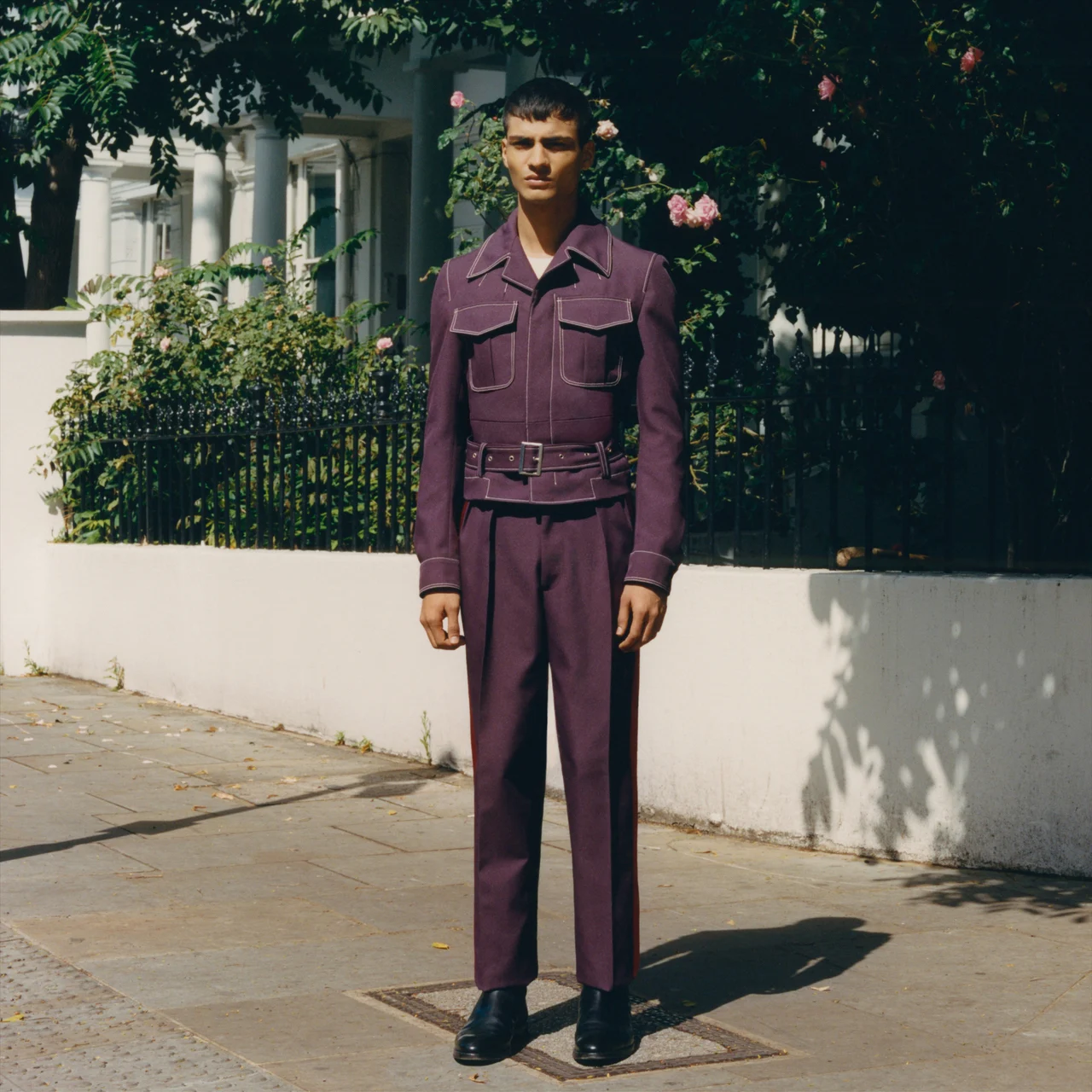

WeTransfer Pro and Wales Bonner have partnered to explore the multiple ways in which research and collaboration inform the creative process.
Though the extent of the work may not always be visible, for creatives like Grace Wales Bonner research is as much an art form as the finished piece. Artists and creatives all over the world use WeTransfer Pro to send and receive files of up to 20 GB at a time. If you work in big ideas, get WeTransfer Pro to deliver your ideas with bigger impact and more control.


